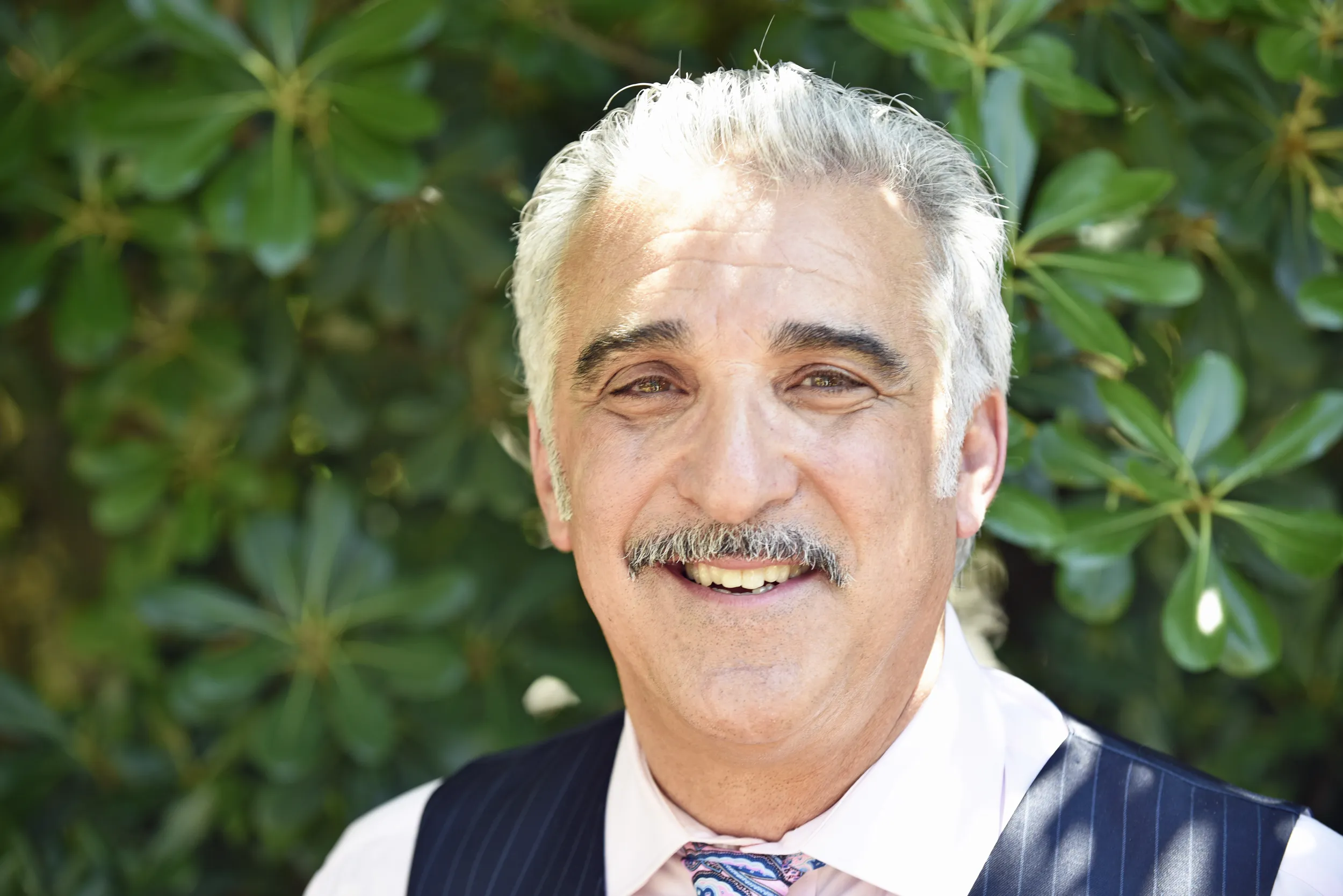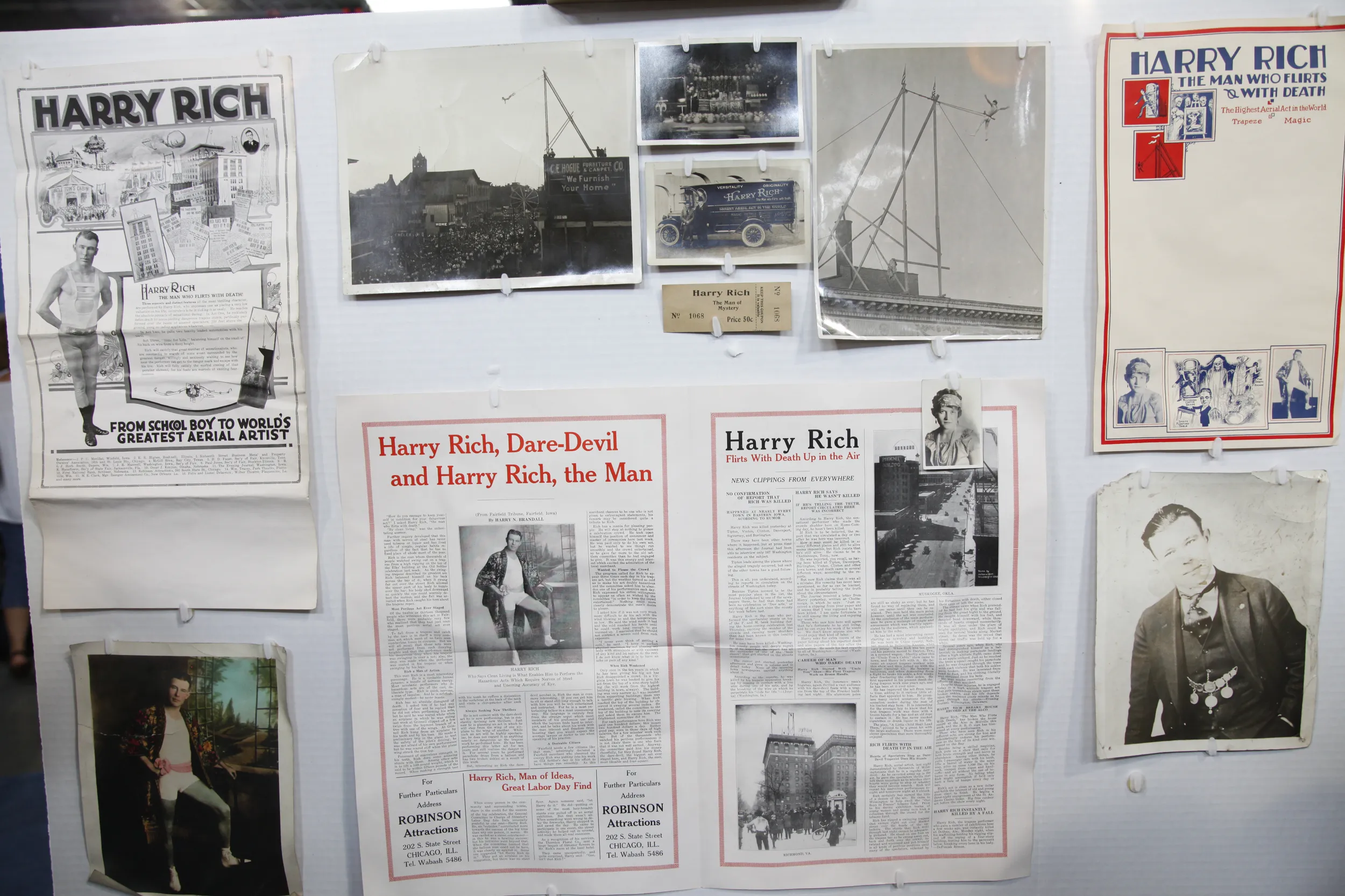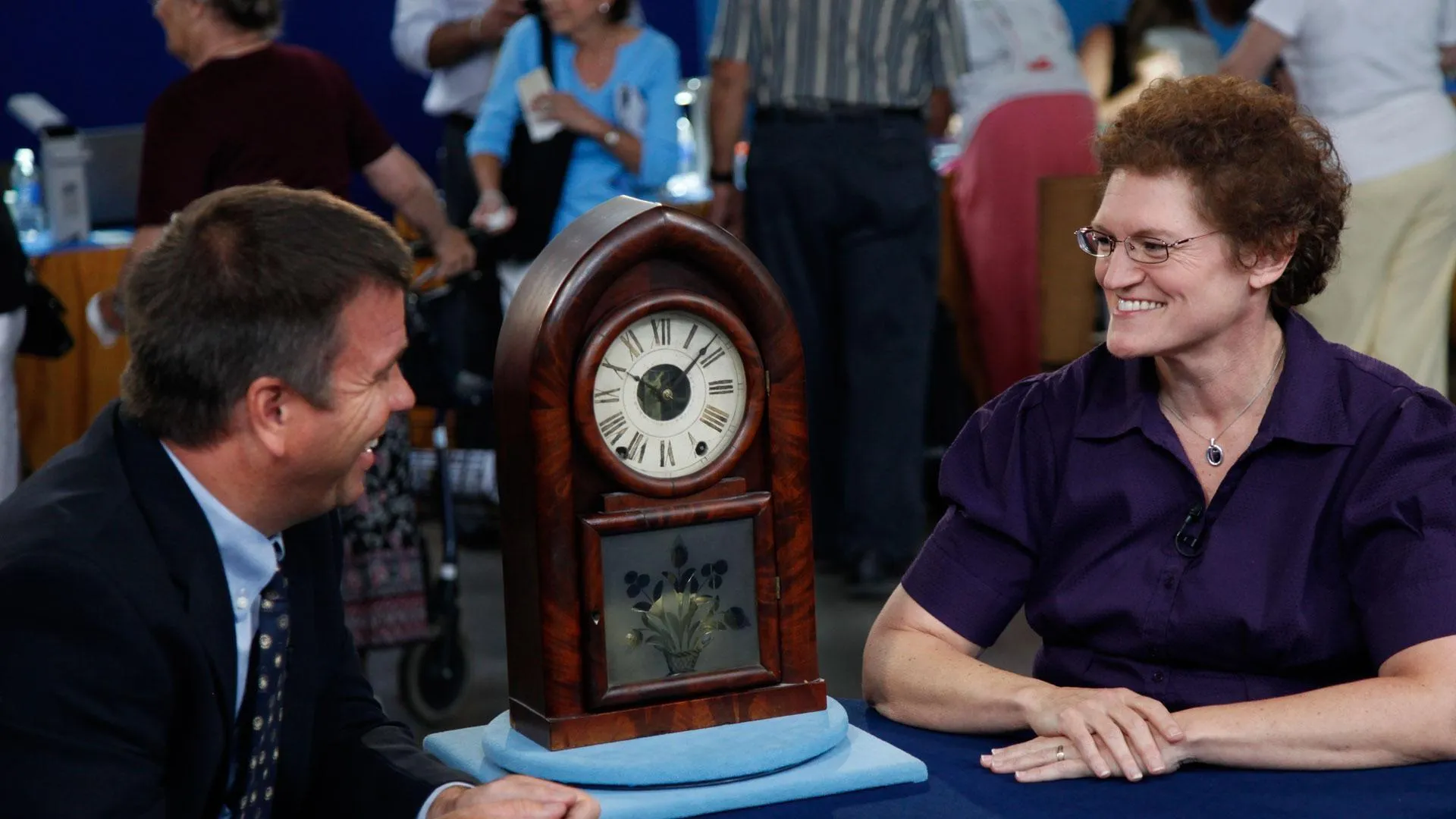GUEST: This ring was once owned by my grandmother's first husband. His name was Harry Rich. And he was a magician and aerialist back in the teens and '20s. He actually died during the performance of one of his acts in Milwaukee, Wisconsin. This was passed down through my grandmother and was worn by her second husband, actually, who had a son, who's my father.
APPRAISER: What kind of act was it, specifically?
GUEST: He had a magic act-- the typical sawing-the-woman-in-half type of act, which my grandmother, who's actually right here in this photograph...
APPRAISER: Right.
GUEST: She was a part of the act. But he was best known as an aerialist. He would set up these high-wire, trapeze type of things and hang by his teeth. He had a custom-fit mouthpiece that he would hang and also then slide down this wire. "The Slide of Death," I think they called it. These are some of the posters and billboards that they would have to advertise his show as it was coming to town.
APPRAISER: Let's get to the ring. Let's talk about when it was first bought from the estate.
GUEST: My grandmother purchased it from the estate for $1,000 in 1926.
APPRAISER: Now, subsequently you had an appraisal done on it in what year?
GUEST: 1975.
APPRAISER: What did that appraisal say? Do you remember?
GUEST: $12,500.
APPRAISER: I looked at the appraisal with you, and the way they described it is a little bit differently than we do it today. But they called it a cape stone, which means it's a little bit off color.
GUEST: Mm-hmm.
APPRAISER: And they said that it was very clean. Other than that, they didn't go into it much. Now, the ring was manufactured in the early 1920s.
GUEST: Okay.
APPRAISER: The setting is made out of platinum, which was really just starting to be used in the early part of the 20th century. It also is mounted in eight prongs. A lot of times, these rings are mounted in four prongs or six prongs. I would imagine it's eight prongs not just from an aesthetic view, but the ring was built for a man to wear. It's rather large and heavy. With an appraisal done in 1975 of around $12,000, if we appraised this stone today, according to that appraisal, this stone would appraise for somewhere around, say, $20,000 to $25,000. But, uh... I got news for you. The appraisal was wrong. They called it a cape stone, which was a common term for an off-color, slightly yellow stone. In my opinion, this stone is a light fancy yellow. That means the color saturation is enough that it's not off-color or cape anymore. Now it's light fancy yellow. And that greatly changes the price of the diamond. Now, we didn't tell everybody how big it is. Do you remember how big it is?
GUEST: I think a bit over seven carats.
APPRAISER: Right. I measured it, and I came up with the same thing-- a little bit over seven carats. It's what we call the round, European-cut diamond. If it gets graded as a light fancy yellow-- and when I say graded, I mean by a well-known lab-- I would put it somewhere between, at auction, $60,000 to $80,000.
GUEST: Wow.
APPRAISER: Yeah, yeah. Now, there is a slight chance that I may be wrong. What if the lab gave it a grade better than light fancy yellow, and they gave it fancy yellow? That could increase the stone even more, to maybe $75,000 to $100,000. But right now, I feel very comfortable telling you $60,000 to $80,000 for this diamond.
GUEST: Boy, that's wonderful, that's great.









